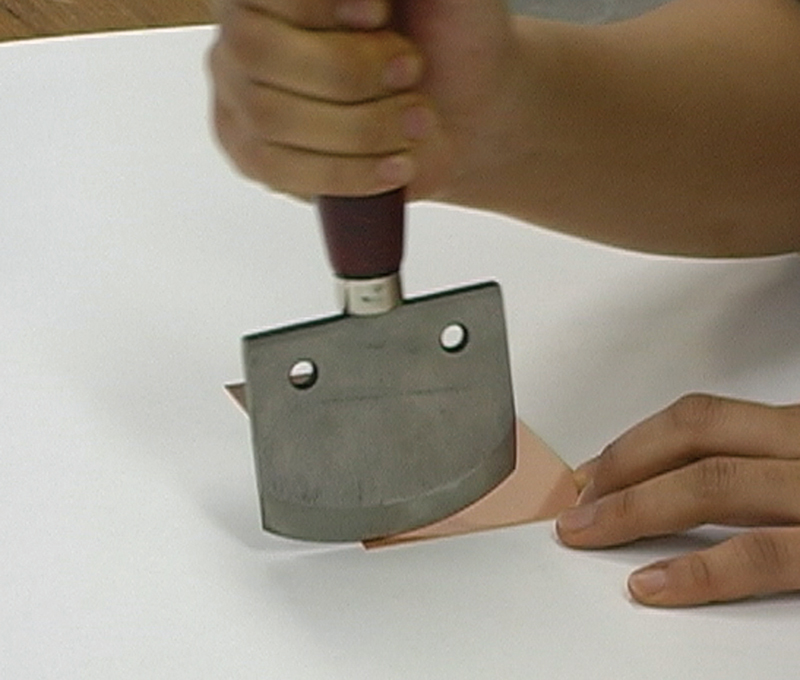Mezzotint
メゾチント
Mezzotint
Mezzotint is a type of direct intaglio method in which the plate is roughened with countless burrs (dots), using tools such as a rocker, before it is carved to produce soft expressions which are rich in tone and shade contrasts. In French, it is also called “maniere noire” (literally, black technique).
After it was invented by Ludwig von Siegen of the Netherlands in 1624, this technique has been employed for the reproduction of oil paintings and book illustrations. Until the modern era, it was rarely used for producing works of art; however, thanks to the achievements of artists such as Kiyoshi Hasegawa and Yozo Hamaguchi, it is now used in numerous art works.
In mezzotint, a tool called rocker (berceau) is used before the image is drawn on the plate. A rocker is placed on the plate and is rocked from side to side. This is repeated vertically, horizontally and diagonally (in both directions) so that a countless number of burrs is created evenly throughout the plate. This is known as “roughening”. A roughened plate surface resembles sandpaper. The burrs created with a rocker collect ink and produce black prints. Variations in tone, such as grey and white, are obtained by shaving off the burrs in varying degrees with a scraper or a burnisher. As a substitute for a rocker, roughening can also be carried out with a cutter, a roulette or a halftone comb. Only a limited number of prints can be produced from a mezzotint plate. This is because the burrs on the plate are destroyed by the pressure of printing in press. However, printing output can be increased by coating the plate with chrome.


